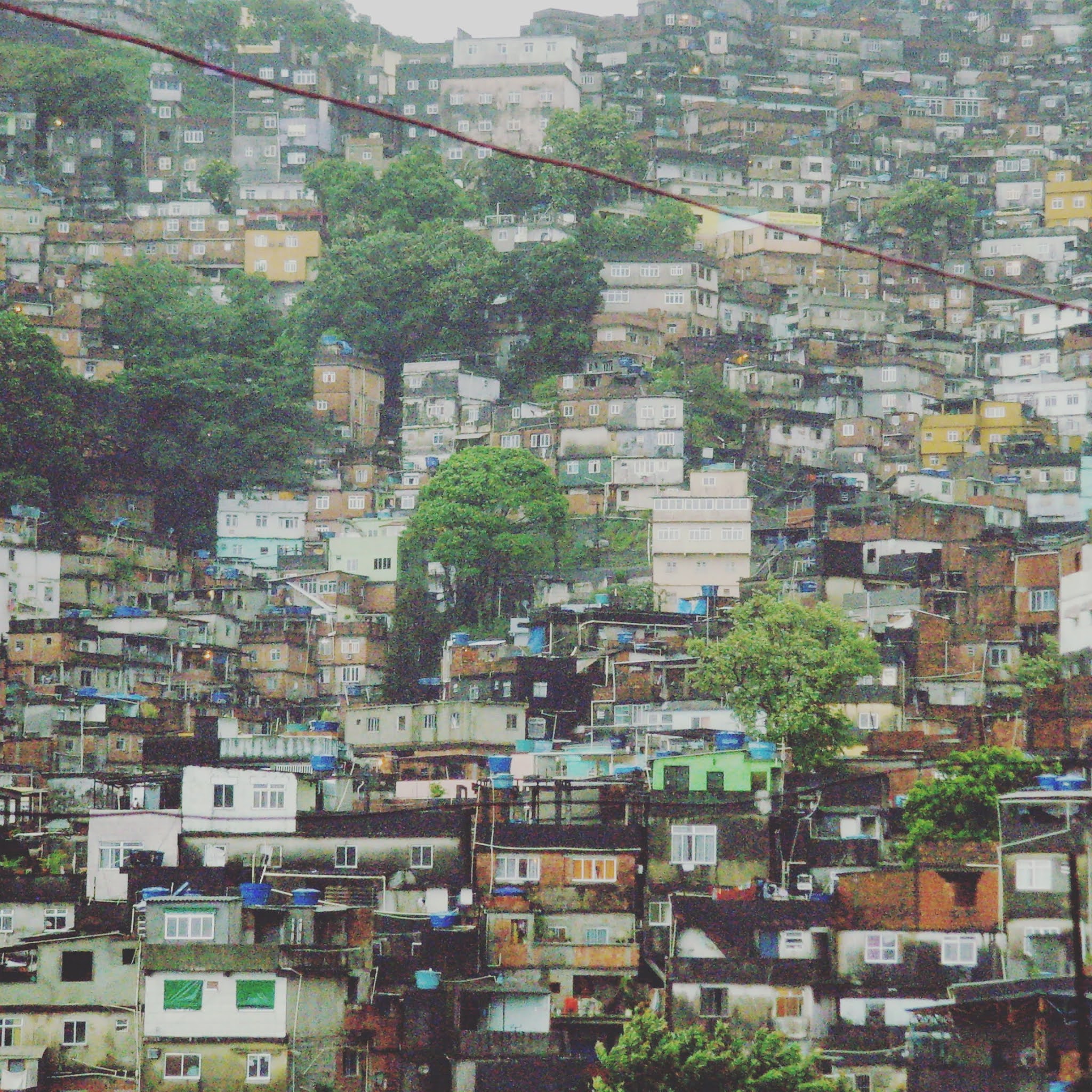Wherever you are in the world, travelling plans can go swiftly awry thanks to the weather. Nature doesn’t care if you’ve got a day on the beach or a mountain hike planned, you just have to roll with it, which is why I never like to plan too much in advance. During my four months in South America, I remember being in Cuzco, hoping to trek to Machu Pichu, when the president of the country declared a national state of emergency, closing the route to the ancient site because heavy rain had washed away much of the track. Flash floods and mudslides meant backpackers were being airlifted out of there and the site closed to all tourists for two months. Instead, I headed across the country to Nazca and then up the coast, making stops along the way.
Something similar, but definitely not as radical happened in Rio de Janeiro, Brazil a few months before. I rocked up to Rio hoping for beach days, drinking caipirinhas in my bikini, but the very next day I woke up to heavy rain. Unsure of what to do, I decided to take a guided tour into the country’s largest favela, Rocinha, with a guide who grew up there. Much has been written about whether it’s ethical to visit favelas which is why I decided to book a tour with someone who grew up Rochina, the biggest favela in South America. From the fee I paid, 60 per cent went back to the community with the aim of empowering and supporting residents.
 |
| Looking out across Rochina |
The day started by riding through the winding, rainy streets on the back of a motorbike up into the favela. Once at the top we took stairs to a studio where artists teach kids to paint if they get good report cards at school. To get there we walked down tiny streets passing men holding guns and above my head hung hundreds of black electricity wires tangled together and spanning out to each home. The guide told me that the location of Rocinha – in the middle of two mountains – means it can’t expand outwards anymore, so increasingly people sell their roof space for others to build a home on top of their own. Sometimes there can be three or four houses and families living on top of each other. As well as being cramped, the unstable foundations of the buildings mean houses are likely to collapse easily in the case of extreme weather that can lead to landslides.
 |
| Houses upon houses inside the favela |
Winding further into the favela, my guide told me how around 10 per cent of the money coming into the area is from the drug trade, making up around 400 million US dollars each year. Kids can make around £300 a month working as part of the drug trade, whereas the average income for a favela resident doing a regular job is around a quarter of this. It’s easy to see how children can get caught up in wanting a better life. The tours aim to educate children to make a living in different ways, encouraging schooling and working outside of the favela.
As the rain continued the hammer down and the sky of Rio turned darker we followed alleyways, stopping along the way at viewpoints that spanned the moody city. We stopped at a bakery for doughnuts and chatted to cute twin girls in identical outfits.
 |
| Rocinha residents |
Life in the favela can be tough, many families live below the poverty line. It’s an eye opening place and not so not far from the tourist filled beaches of Ipanema and Copacabana, but I’m glad I went to Rochina and realised that life in Rio is not all beaches and cocktails.
Post a Comment